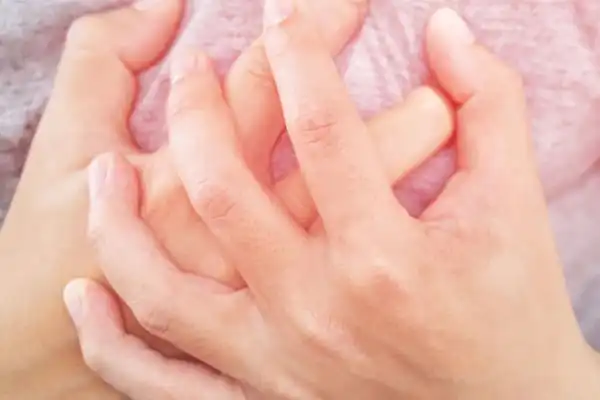

Treatments
CHEST WALL PAIN

Thoracic Sympathectomy
What is thoracic sympathectomy?
Thoracic sympathetic ganglion is a collection of autonomic nerves present beside the thoracic vertebrae. Upper thoracic sympathetic ganglion supplies the upper limbs.
Thoracic sympathectomy (TS) is a procedure designed to interrupt the sympathetic effect on the upper limbs. The predominant effects of sympathectomy are reduction of the tone of blood vessels and lowering of peripheral vascular resistance.
Thoracic sympathectomy is indicated in various conditions like complex regional pain syndromes (CRPS), hyperhidrosis (excessive sweating localised to palms, face, under arms), upper limb ischaemia (reduced blood flow), frostbite involving upper limbs, and phantom limb pain.
How do I prepare for thoracic sympathectomy?
If you are on any blood thinning medications, you will be advised on how and when to stop those medications. Typically you will be asked to come on an empty stomach on the morning of the procedure and the admission formalities will be completed. You will be thoroughly explained about the procedure and what is expected of you while the procedure is on. This procedure is normally done under X-ray guidance. An anaesthetist will be on standby to look after your safety during the procedure. You can eat and drink an hour after the procedure is done.
What happens during the procedure?
The procedure is performed in an operating room using a "C-arm" x-ray machine (also called fluoroscopy). Conscious sedation, administered through an intravenous (IV) line, is typically used to help you relax, but remain awake. You will be asked to lie prone (face down) on the table and your back will be "prepped" with antiseptic solution. A local anaesthetic (such as lidocaine) is used to numb the entire affected area prior to and during the procedure.
Using constant x-ray/fluoroscopic guidance, two needles are placed at the target location and radiofrequency ablation of the thoracic sympathetic ganglion is done.
What are the complications of thoracic sympathectomy?
As we do image guided procedures, complications are minimal. Transient fall in blood pressure, drooping of eyelids are transient. Please read our FAQ section to know more about the do's and don'ts prior to and after the procedure.

